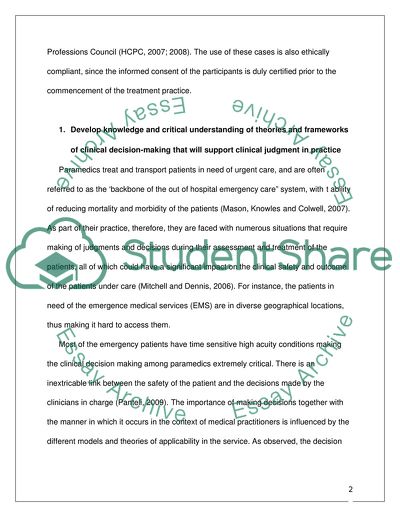HPHP6000 Clinical Decision Making in Contemporary Paramedic Practice Essay. Retrieved from https://studentshare.org/health-sciences-medicine/1652574-hphp6000-clinical-decision-making-in-contemporary-paramedic-practice
HPHP6000 Clinical Decision Making in Contemporary Paramedic Practice Essay. https://studentshare.org/health-sciences-medicine/1652574-hphp6000-clinical-decision-making-in-contemporary-paramedic-practice.


